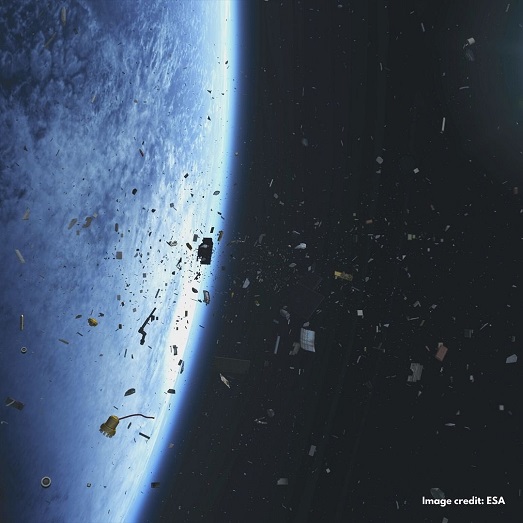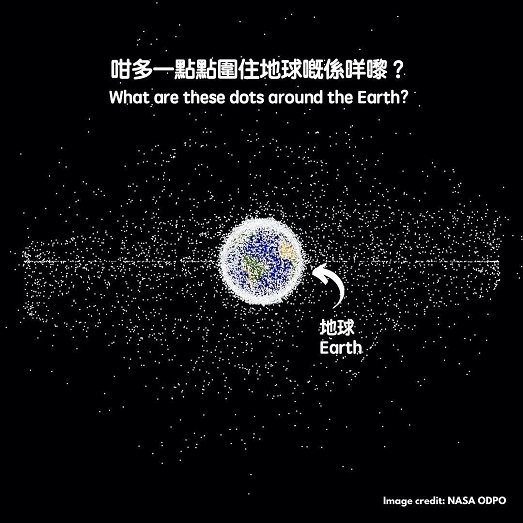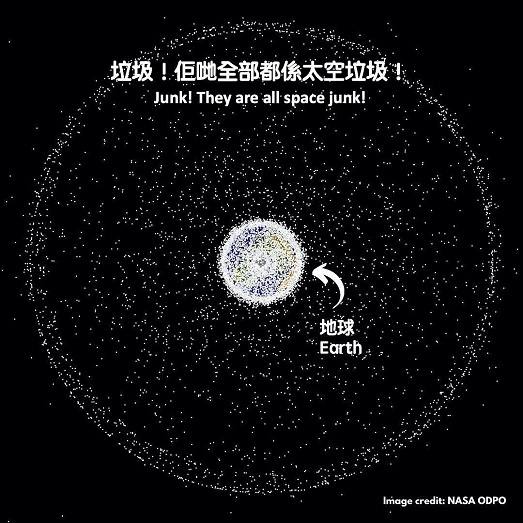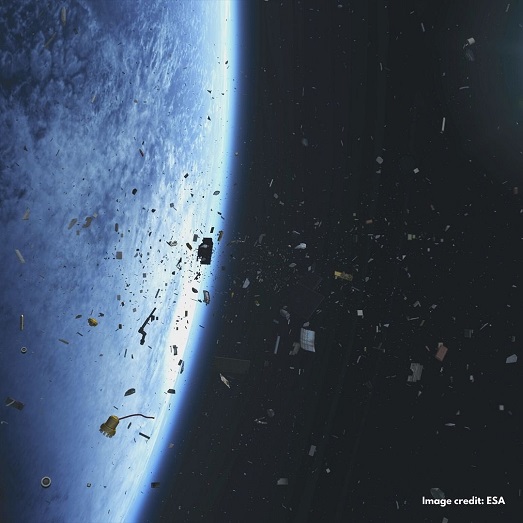The garbage levy has become a hot topic recently. We should reduce our garbage and everyone is responsible. Interestingly, space also has the problem of excessive junk.
More and more man-made objects are launched into space. They eventually "die", but how? After completing missions, rocket components and satellites that are energy exhausted or malfunctioned have two results. The first is they fall back to Earth and burn up in the atmosphere. If they cannot be completely burned, some fall into the "Spacecraft Cemetery" in the South Pacific. The second is to stay in the "Graveyard orbits" in space. They become space junk and continue to revolve around the Earth.
However, there is more than 20,000 space debris surrounding the Earth in space. The number is still increasing and there are chances of collision. The International Space Station (ISS) and the Hubble Space Telescope are covered with "bullet holes", scars by space junk. If large-sized space junk collides with operating manned spacecraft or the ISS, they could be fatal. Hence, we should take the problem seriously.
What is the solution? Source reduction is one of the methods. For example, scientists can deplete the fuel of mission-completed probes to avoid accidental explosions and generating more debris. Some space agencies have plans to explore the possibilities to send probes to push space debris into the Earth's atmosphere or to the graveyard orbit to prevent them from floating freely and colliding with other things.
Space is the common resource for all. Maybe Big Waster should go to space and promote the importance of the waste problem! How about the other junk flying to us in space?






